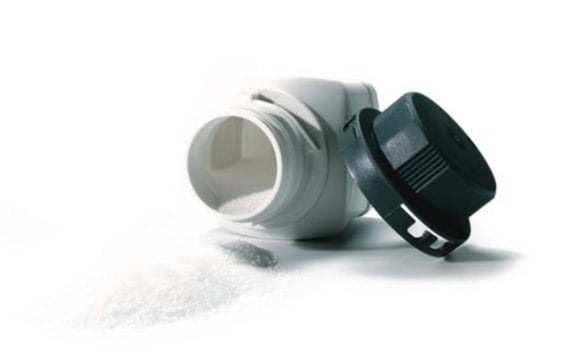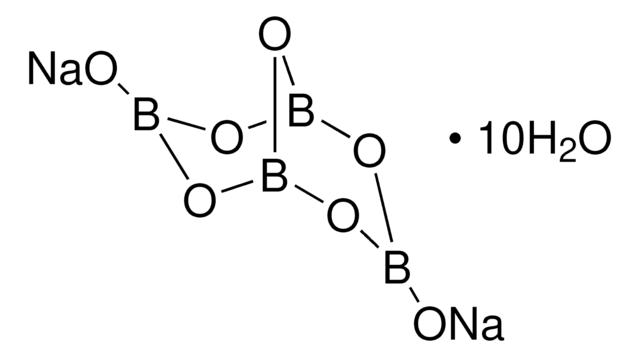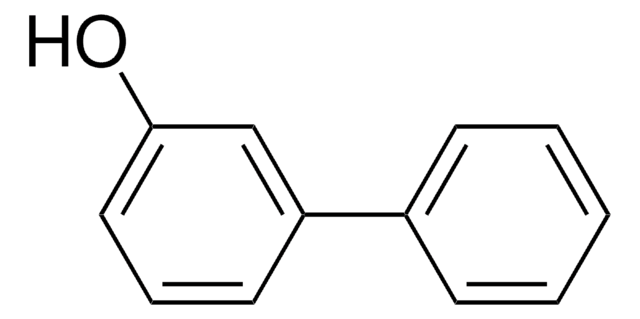1.06309
di-Sodium tetraborate
anhydrous 99.99 Suprapur®
Synonym(s):
di-Sodium tetraborate, Borax
About This Item
Recommended Products
grade
for inorganic trace analysis
Quality Level
vapor pressure
7.3 hPa ( 1200 °C)
Assay
99.99%
potency
>2000 mg/kg LD50, skin (Rabbit)
pH
9.2 (20 °C, 25 g/L in H2O)
mp
742 °C
solubility
25.6 g/L
density
2.37 g/cm3 at 20 °C
bulk density
700 kg/m3
storage temp.
2-30°C
InChI
1S/4B.2Na.7H2O.7O/h;;;;;;7*1H2;;;;;;;/q4*+3;2*+1;;;;;;;;7*-2
InChI key
HJIQVKXMQOLFFS-UHFFFAOYSA-N
Analysis Note
Assay (acidimetric): ≥ 99 %
Chloride (Cl): ≤ 5 ppm
Phosphate (PO₄): ≤ 5 ppm
Silicate (SiO₂): ≤ 5 ppm
Sulfate (SO₄): ≤ 50 ppm
Ba (Barium): ≤ 10.0 ppm
Ca (Calcium): ≤ 5.0 ppm
Cd (Cadmium): ≤ 0.050 ppm
Ce (Cerium): ≤ 0.05 ppm
Co (Cobalt): ≤ 0.100 ppm
Cr (Chromium): ≤ 0.05 ppm
Cu (Copper): ≤ 0.10 ppm
Eu (Europium): ≤ 0.05 ppm
Fe (Iron): ≤ 0.10 ppm
K (Potassium): ≤ 50 ppm
La (Lanthanum): ≤ 0.05 ppm
Li (Lithium): ≤ 5.0 ppm
Mg (Magnesium): ≤ 0.10 ppm
Mn (Manganese): ≤ 0.050 ppm
Ni (Nickel): ≤ 0.05 ppm
Pb (Lead): ≤ 0.05 ppm
Rb (Rubidium): ≤ 5 ppm
Sc (Scandium): ≤ 0.05 ppm
Sm (Samarium): ≤ 0.05 ppm
Sr (Strontium): ≤ 5.00 ppm
Tl (Thallium): ≤ 0.05 ppm
Y (Yttrium): ≤ 0.05 ppm
Yb (Ytterbium): ≤ 0.050 ppm
Zn (Zinc): ≤ 0.05 ppm
Legal Information
Signal Word
Danger
Hazard Statements
Precautionary Statements
Hazard Classifications
Eye Irrit. 2 - Repr. 1B
Storage Class Code
6.1D - Non-combustible, acute toxic Cat.3 / toxic hazardous materials or hazardous materials causing chronic effects
WGK
WGK 1
Flash Point(F)
Not applicable
Flash Point(C)
Not applicable
Regulatory Listings
Regulatory Listings are mainly provided for chemical products. Only limited information can be provided here for non-chemical products. No entry means none of the components are listed. It is the user’s obligation to ensure the safe and legal use of the product.
EU REACH SVHC Candidate List
EU REACH Annex XVII (Restriction List)
Certificates of Analysis (COA)
Search for Certificates of Analysis (COA) by entering the products Lot/Batch Number. Lot and Batch Numbers can be found on a product’s label following the words ‘Lot’ or ‘Batch’.
Already Own This Product?
Find documentation for the products that you have recently purchased in the Document Library.
Customers Also Viewed
Our team of scientists has experience in all areas of research including Life Science, Material Science, Chemical Synthesis, Chromatography, Analytical and many others.
Contact Technical Service









